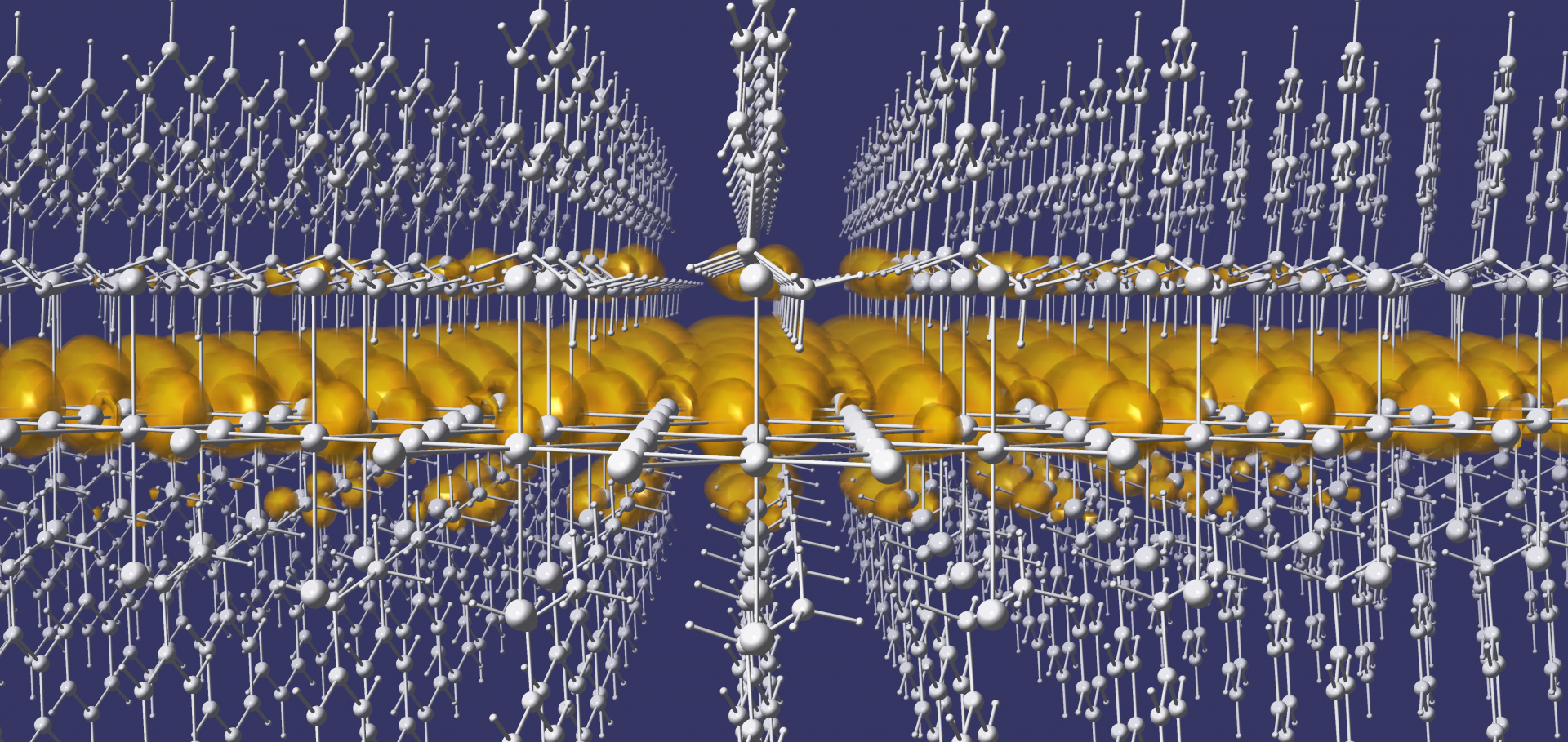Hybrid Halide Perovskites: Fundamental Theory and Materials Design
Chapter in Handbook of Materials Modeling, Springer Nature (2018) 1-30
Phase diagrams and stability of lead-free halide double perovskites Cs2BB′X6: B = Sb and Bi, B′ = Cu, Ag, and Au, and X = Cl, Br, and I
Journal of Physical Chemistry C American Chemical Society 122:1 (2017) 158-170
Abstract:
Lead-free pnictogen/noble metal halide double perovskites Cs 2 BiAgCl 6 , Cs 2 BiAgBr 6 , and Cs 2 SbAgCl 6 are some of the most promising environmentally friendly alternatives to lead-halide perovskites. However, due to their relatively large band gaps (1.9-2.2 eV), they are not yet competitive candidates for use in photovoltaic devices. In this work, we perform a systematic study of the thermodynamic stability of the entire family of Cs 2 BB′X 6 compounds (B = Bi and Sb, B′ = Cu, Ag, and Au, and X = Cl, Br, and I), and we explore the possibility of chemical mixing as a route to stabilize pnictogen/noble metal halide perovskites with low band gaps. Our calculations indicate that Cs 2 BiAg 1-x Cu x Cl 6 mixes should be amenable to synthesis and could reduce the band gap down to 1.6-1.9 eV.Solution-processed cesium hexabromopalladate(IV), Cs2PdBr6, for optoelectronic applications
Journal of the American Chemical Society American Chemical Society 139:17 (2017) 6030-6033
Abstract:
Lead halide perovskites are materials with excellent optoelectronic and photovoltaic properties. However, some hurdles remain prior to commercialization of these materials, such as chemical stability, phase stability, sensitivity to moisture, and potential issues due to the toxicity of lead. Here, we report a new type of lead-free perovskite related compound, Cs2PdBr6. This compound is solution processable, exhibits long-lived photoluminescence, and an optical band gap of 1.6 eV. Density functional theory calculations indicate that this compound has dispersive electronic bands, with electron and hole effective masses of 0.53 and 0.85 me, respectively. In addition, Cs2PdBr6 is resistant to water, in contrast to lead-halide perovskites, indicating excellent prospects for long-term stability. These combined properties demonstrate that Cs2PdBr6 is a promising novel compound for optoelectronic applications.Cs2InAgCl6: A new lead-free halide double perovskite with direct band gap.
Journal of Physical Chemistry Letters American Chemical Society 2017:8 (2017) 772-778
Abstract:
A2BB'X6 halide double perovskites based on bismuth and silver have recently been proposed as potential environmentally friendly alternatives to lead-based hybrid halide perovskites. In particular, Cs2BiAgX6 (X = Cl, Br) have been synthesized and found to exhibit band gaps in the visible range. However, the band gaps of these compounds are indirect, which is not ideal for applications in thin film photovoltaics. Here, we propose a new class of halide double perovskites, where the B(3+) and B(+) cations are In(3+) and Ag(+), respectively. Our first-principles calculations indicate that the hypothetical compounds Cs2InAgX6 (X = Cl, Br, I) should exhibit direct band gaps between the visible (I) and the ultraviolet (Cl). Based on these predictions, we attempt to synthesize Cs2InAgCl6 and Cs2InAgBr6, and we succeed to form the hitherto unknown double perovskite Cs2InAgCl6. X-ray diffraction yields a double perovskite structure with space group Fm3̅m. The measured band gap is 3.3 eV, and the compound is found to be photosensitive and turns reversibly from white to orange under ultraviolet illumination. We also perform an empirical analysis of the stability of Cs2InAgX6 and their mixed halides based on Goldschmidt's rules, and we find that it should also be possible to form Cs2InAg(Cl1-xBrx)6 for x < 1. The synthesis of mixed halides will open the way to the development of lead-free double perovskites with direct and tunable band gaps.Cs$_2$InAgCl$_6$: A new lead-free halide double perovskite with direct band gap
(2016)


